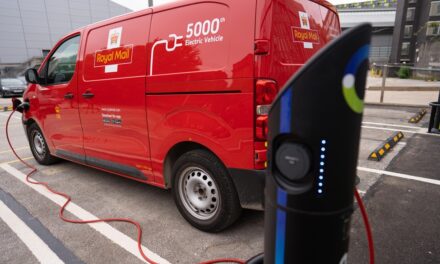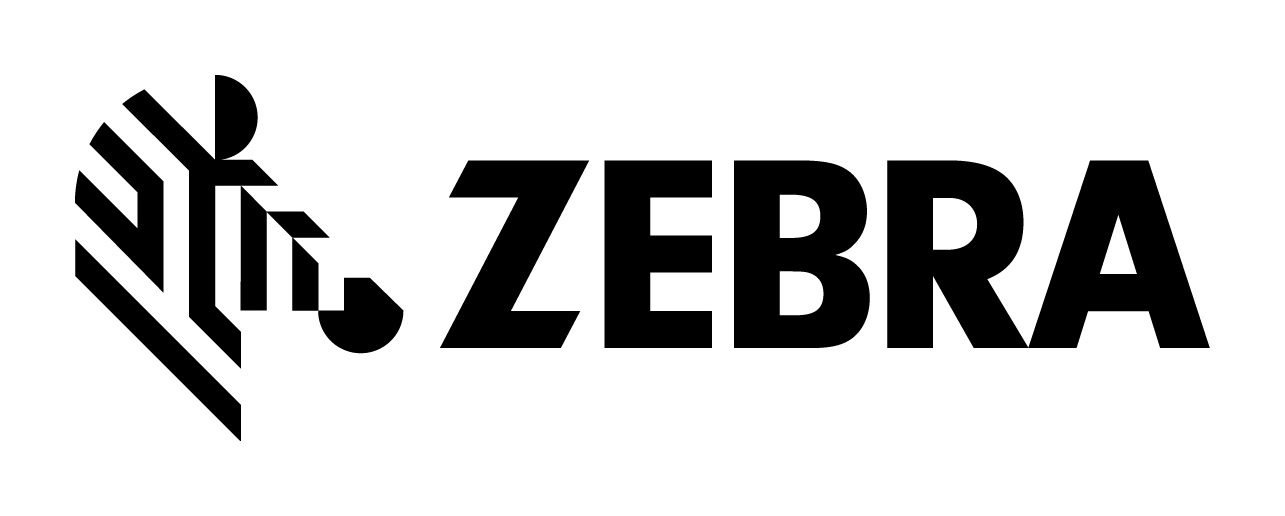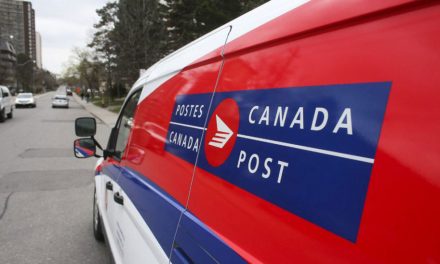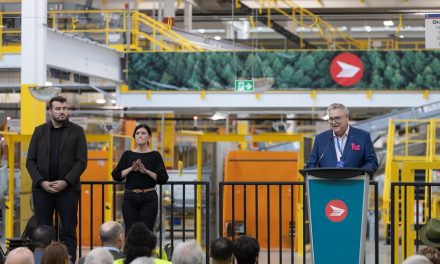
Purolator International: Delivering Canada
James Cartledge talks to Purolator International President John T. Costanzo about his company’s expansion ambitions in North America and beyond. It is two hundred years since the last war across what is now the Canadian-US border, and since that time the two countries have become extremely close, building up the world’s largest trading relationship.
US trade with Canada now averages C$1.5bn per day, more than US trade with the entire European Union. 20% of US exports go to Canada and about 75% of Canadian exports go to the US. With around 80% of 33m Canadians living within one hundred miles of the world’s longest land border, trade is supported by free trade agreements such as NAFTA and more recently by a weak US dollar.
Purolator International, the New York based cross border subsidiary of Canada Post’s courier company Purolator, has been doing very nicely out of that close trade relationship since it re-incorporated in the States in 1998.
Its sales have gone from an initial $20-25m each year through average compound annual growth rates of around 20%, so that they are now approaching $150m.
Last year was one of the company’s best yet. Coming off the 2008-09 recession, 2010 saw a significant bounce back in business, laying the foundations for 2011 when the company doubled its market presence in the United States, opening ten new branch offices across the country.
John T. Costanzo, the Purolator International President, says his business grew by 40% during 2011. Looking forward, he says there is still massive potential to grow even further. Purolator International has its sights set on the two global integrators that together boast around a 65% share of the cross border market.
“Our focus is still to grow our exports from the States into Canada,” says Costanzo. “We have about a 7-8% share of the market, while in Canada Purolator has a 30% share of the intra-Canadian small package market. We think we can achieve something like that going north into Canada.”
The business
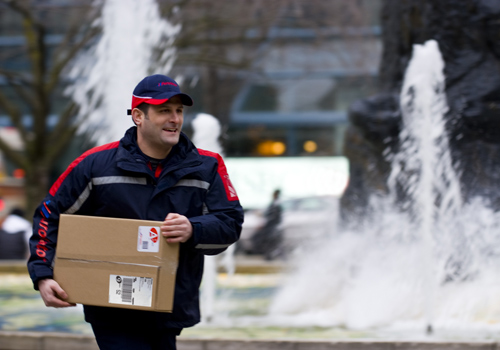
Purolator International specialises in forwarding services, using its network of third party carriers to transport consignments from the US to feed into the domestic Canadian network of sister company Purolator.
Much of the business is express shipments, using road transport to take items from the US to Canada within a day, before distributing it within a further day or two to its final destination within Canada. A more standard option delivers two to five days across Canada.
Initially the business was mainly small packages, but in the last five or six years the portfolio has expanded to include less than truckload (LTL) shipments, which Costanzo says have become one of the company’s fastest-growing segments. “Our share there is significantly smaller than our small package share, but we think there’s tremendous potential over the next several years,” he says.
While its ground network is a big part of its business, Purolator International also offers express services by air, which Costanzo says have also been growing well, particularly in the rebound since April 2010. “I think customers have been re-stocking their inventory, but they haven’t been building inventory, so we’re seeing our air services pick up pretty significantly.”
Costanzo says that, beyond merely being an asset light forwarding business in the US, the company’s business model is to control the experience for its customers, from point of pick up through to induction into the Purolator network within Canada.
A key to winning business, he believes, is to ensure that Purolator International can integrate within a customer’s existing logistics system.
“When we go to see a client, we know 90% of what that company does is shipping to somewhere other than Canada,” he explains.
“They’re not going to create two different logistics platforms, one for you, and one for everything else they do. So we’ve got to be able to integrate in a very efficient, seamless way with their warehouse management systems.”
This has meant an emphasis being placed on the development of seamless integration of logistics and data, including substantial investment in IT systems to allow capabilities including online tracking systems. “We’ll continue to innovate – we’re up against world class competitors who obviously have quite an investment in IT, and that’s one way to compete.”
US growth opportunities
Last year saw Purolator expanding its reach within the US to the top twenty markets in the country in terms of trading with Canada. This expansion is set to continue through 2012 into 2013, with the opening of offices in places such as San Diego, Phoenix, Charlotte, Indianapolis and Pittsburgh this year.
By the end of 2012, Costanzo wants to be in the top thirty markets in the US, while at some point in 2013 a further five offices will be opened to ensure Purolator International operates in the thirty five market areas that together account for 80% of trade with Canada.
Key growth markets include the consumer products industry, retail, industrial machinery, medical devices and electronics. Another market segment that Purolator has in its sights is the aerospace industry, which Costanzo feels has “tremendous potential”, with Canada boasting a big aerospace industry while the US has the world’s largest. His company will be targeting this market “aggressively”.
Costanzo says that more and more of the company’s consumer products interest falls in the field of e-commerce, as ordinary Canadians and Canadian businesses alike take advantage of a weak US dollar to shop for items across the border.
“Whether it’s B2B buyers or B2C buyers, they buy it on a website where they can get the best price – they’re pretty smart shoppers, and we’re seeing Canadian companies in particular taking advantage of US products more when they can get a better deal.”
Retail business is also growing well from bricks and mortar stores, particularly wholesale “big box” retailers, with a number of US giants currently expanding their networks in Canada.
Interestingly, these companies are realising that they can often serve Canada more cost effectively from their US sites, rather than maintaining facilities within Canada itself, and have even been closing distribution sites north of the border.
“Sometimes companies think they have a distribution centre in Toronto, so they’ve covered the country pretty well,” Costanzo explains. “But Canada’s larger than the US, and the population is primarily along the Canadian border, so you can serve Canadian customers more effectively by serving them from your US distribution centres.”
This cross border logistics approach might sacrifice a day’s service for customers around the Toronto area by not having a distribution centre there, but Costanzo says that, particularly for customers located in the western provinces of Canada, service could be even faster when delivering from US bases. “One of the things I’ve been told by many of our customers has been a pretty significant trend in that their ability to fulfill an order on the first order placement is higher when filling out of the States, because they’ve got more inventory down there,” he adds.
Cross border challenges
Naturally for a cross border business, the border itself is one of the biggest sources of uncertainty in day to day operations. The issue of increased security procedures for air services has now been largely surmounted at Purolator International as the company is fully certified by the US Transportation Security Administration (TSA). Relevant staff are regularly tested, while the TSA also visits the company’s facilities to ensure compliance.
The bigger challenge, according to Costanzo, is how the customs infrastructure will hold up to increasing shipment volumes as the US and Canadian economies rebound. “The softening economy has reduced the amount of pressure you see at places like Detroit, Buffalo and Seattle,” he explains. “But as the economy grows and picks up, that’s going to be an issue that comes back.”
Purolator International does not receive any favours when passing through customs because of its ownership by the Crown Corporation Canada Post, but what it does benefit from is its own team of customs clearance experts to help smooth the way and to ensure compliance in a changeable regulatory environment.
“Getting across that border is key for us. We get across the border at a 98.7% rate of effectiveness every night – we have to make sure all the security regimens are being met efficiently, effectively and consistently, but also that the border crossings that we’re using are the most effective ones to get through, and that the drivers and partners we’re using know how to clear any problems, and how to contact us if there is an issue.”
Beyond the US
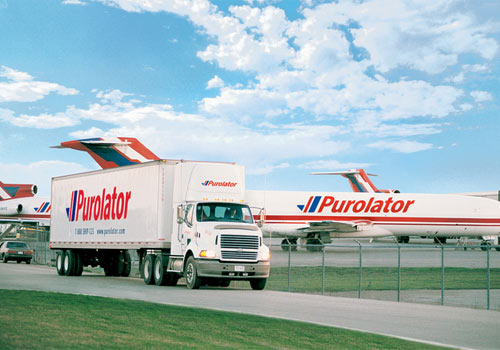
For Costanzo the main focus for Purolator International “for the next several years” will be to pursue that dream of a 30% market share in US Canada shipments.
But, having personally visited the UK and Mexico last year to scope out possible new international markets, he indicates that Purolator could begin serving customers in Europe later this year.
“The UK is a natural first place for us to put a foot in the water in Europe,” he says. “There’s about $10bn of goods sold from UK companies to Canada each year, and that means there’s a lot of transportation of product that’s needed.”
There is a lot of similarity between the key market segments Purolator International focuses on in the US, and those in the UK, and Constanzo believes that a business model could mimic the US to Canada ground haulage system, albeit using air connections across the Atlantic.
To start with, Purolator International would operate through a UK based partner but next year could see a dedicated branch opened in the UK, most likely near Heathrow. Mexico is also a likelihood for a future Purolator International presence, perhaps also from next year, with $15bn worth of goods sold into Canada from Mexico based companies each year.
Costanzo is also looking at the potential to expand into parts of continental Europe, where he says trade with Canada is “pretty significant”. Hong Kong is also firmly on his radar, since Purolator already handles some business from Asia through Hong Kong and Beijing.
Summarising, the company’s President says Purolator International’s tagline, “We deliver Canada” is set to be the focus of operations for a long time to come.
“Canada is the ninth largest economy in the world – and just about every country in the world is trading with them at a fairly high level. So there’s a lot of runway for our strategy. Our intention is to own every shipment leaving any country in the world, going to, from or within Canada.”
This interview first appeared in the June 2012 edition of Mail & Express Review, the quarterly print magazine and sister title of Post&Parcel. For subscription details click here »


